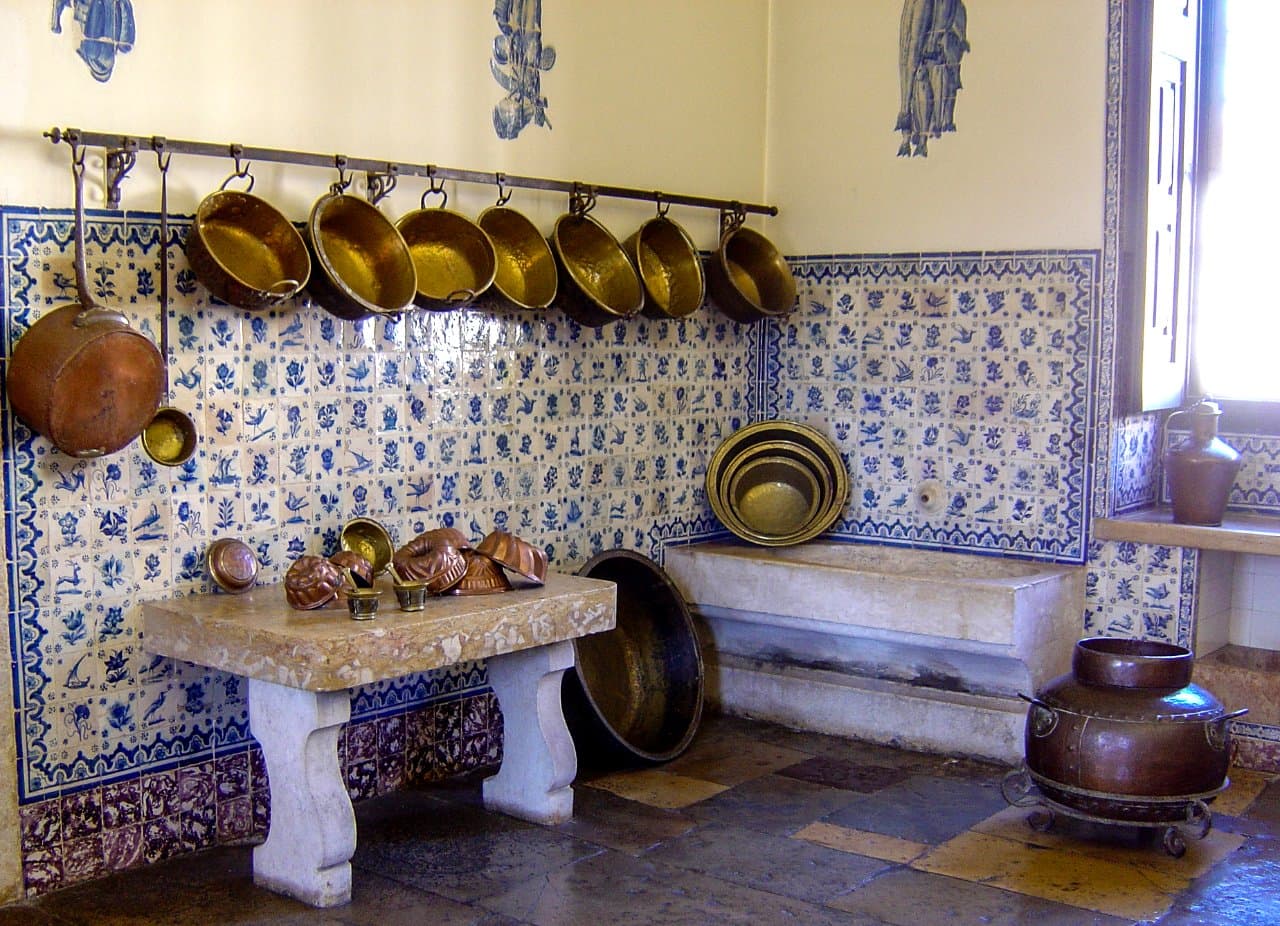
Kitchen Process Optimization
As an avid cook, and technically a chemist, I get a little annoyed when people assume this pairing is natural — “Ah of course, because cooking is just chemistry!” Strictly, sure, but it’s like saying “baseball is just physics” and being alarmed by the lack of prominent physicists in the MLB. There’s a lot more to cooking and baseball than just the science. But there is one part of cooking that really is just chemistry, and some of the problems you solve in the kitchen are exactly the same as those pharmaceutical chemists handle every day.
No, I’m not talking about the Maillard reaction, the one that YouTube chefs memorize and proudly recite whenever something turns brown in a pan (even when the Maillard reaction is not responsible for what they’re seeing). I am of course talking about crystals. Specifically solid chocolate, which itself is mainly a crystal of the fats in cocoa butter, with some other stuff suspended in there.
Just like ice, chocolate has different crystalline forms, ways in which its molecules are packed together to form the solid. Chocolate has six different forms, creatively named Forms I through VI, in order of increasing stability. If you’ve ever tempered chocolate to coat strawberries, you did an experiment in polymorphic control, because the goal of tempering is to get to Form V. Each form has different properties, but V is the best — glossy, snappy, melts in your mouth.
Tempering chocolate, controlling its crystal form, is super tricky. If you melt the chocolate and cool it naturally, you’ll get a mixture of forms I-V. Heat it up too quickly or add any water, it’ll seize into an amorphous mess that refuses to re-melt. But heat it to just the right temperature and cool it very slowly, you can create just Form V. Even this perfect chocolate, if you leave it around for a couple months, will slowly become the chalky, highly stable Form VI.
Imagine how long it took us, people, to discover these forms. To realize that Form V is the most delicious, and can only be created by these very specific process conditions. To find that this delicious form is transient, and eventually fades to a lesser chocolate. Only by being the world’s favorite sweet have chocolate’s many forms been characterized so thoroughly.
Characterization this intensive has to be done for every pharmaceutical, every pill, that goes through clinical trials. Instead of “less delicious,” a sub-standard form of a drug could be life threatening. Any home cook can make a little bit of Form V chocolate; what about pounds, or tons? The process probably changes quite a bit. For every pill, you have to figure it all out: milligrams to tons.
I’m grateful to be able to support the scientists responsible for characterizing these forms because they tirelessly fight incredible uncertainty. And because if I did it myself, I would never want to make another bonbon.